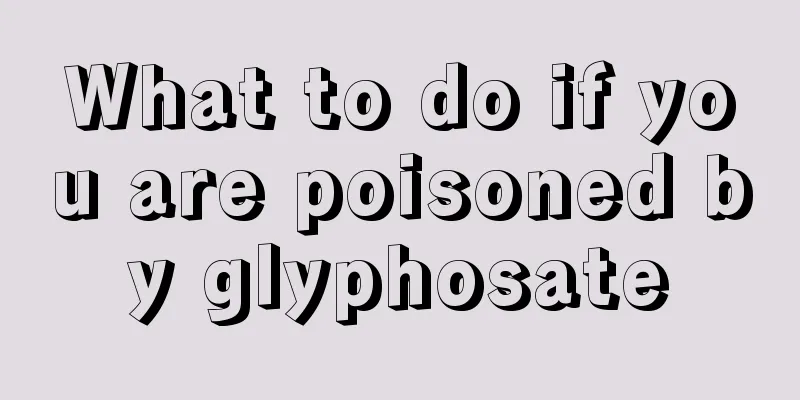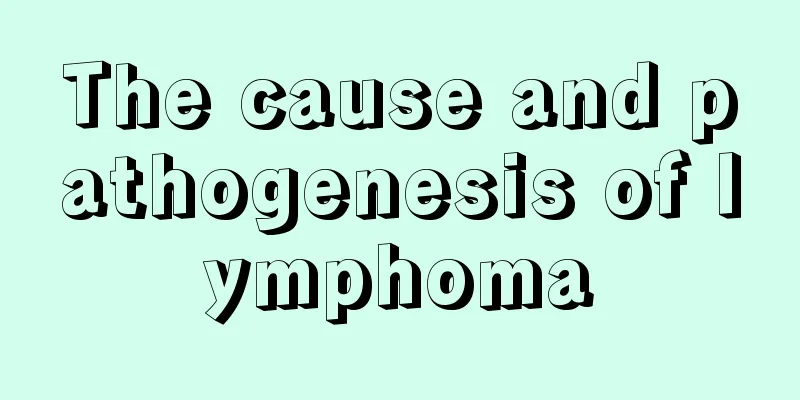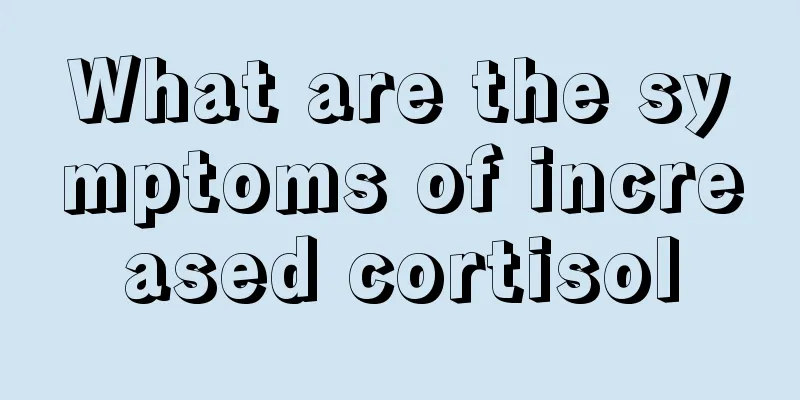What to do if you are poisoned by glyphosate

|
There are always potential poisoning problems in life. Poisoning can cause great harm to our bodies. It is necessary to understand and know how to treat it. In fact, detoxification is necessary after poisoning. If these toxins cannot be excreted in time, they will accumulate more and more in the body, causing very serious problems. After glyphosate poisoning occurs, everyone needs to pay attention, and the first aid and treatment methods need to be clearly understood. First aid for glyphosate poisoning 1. Cleaning and detoxification: Wash the skin with soapy water and clean water, and rinse the eyes with 2% sodium bicarbonate solution. In case of oral ingestion, vomiting should not be induced to reduce the chance of aspiration pneumonia. Manual gastric tube suction is recommended for gastric lavage, and the movement should be gentle. Sodium bicarbonate solution should not be used for gastric lavage to avoid gas production. 2% to 30% magnesium oxide emulsion or 0.3% to 0.5% medicinal charcoal suspension can be used, and the former is better. After gastric lavage, 50ml suspension can be made with 6g of aluminum hydroxide gel, egg white or dioctahedral montmorillonite, which can be injected through a gastric tube, and 50g of medicinal charcoal suspension can be injected to absorb residual toxins. If there is no diarrhea, laxatives can be given. 2. Oxygen therapy: Those with moderate or severe poisoning should receive oxygen therapy. 3. Symptomatic supportive treatment: The emphasis should be on controlling life-threatening toxic effects such as aspiration pneumonia, pulmonary edema, refractory hypotension, shock, convulsions, and coma. Respiratory failure and shock are important causes of death, and attention should be paid to early prevention and treatment. At the same time, antibiotics should be used appropriately to prevent and treat secondary infections, especially lung infections. 4. Fluid replacement and diuresis: It can not only replenish blood volume, but also promote the excretion of toxins. At the same time, attention should be paid to correcting electrolyte and acid-base metabolism imbalances. 5. Antidote: There is no satisfactory specific antidote at present. Atropine can only be used in small doses (0.5-1 mg) for symptomatic treatment. It should not be used repeatedly and does not need atropineization. There is no need to use oxime rejuvenating agents. |
<<: Symptoms of kiwi poisoning
>>: Respiratory acidosis, how to treat, treatment methods
Recommend
What are the effects of small green lemon
In fact, everyone should be familiar with lemon. ...
How to supplement nutrition for physical training
Everyone knows that the human body consumes a lot...
How to prevent blisters at the corners of the mouth?
Generally speaking, blisters at the corners of th...
What juice to drink for a cold
People with common colds generally cannot drink c...
The specific causes of rectal cancer
With the development of modern medicine, the trea...
How much sleep is normal for an 8 month old baby?
Babies under one year old sleep more every day. T...
Reasons why IVF eggs are not fertilized
Only after the egg is fertilized can a fertilized...
What's wrong with left intertrochanteric fracture
It is easy to slip in rainy and snowy weather, an...
Headache powder ingredients
Headache powder is a medicine used to treat heada...
What is the cause of the pain in the scapula
If the pain in the shoulder joint is severe, many...
Can dancing correct hunchback
In our daily life, we often see dancing girls who...
What to eat to replenish kidney yin deficiency the fastest
Kidney Yin deficiency is a disease problem that i...
Pimples appear on the bridge of my nose where the glasses are
The bridge of the nose is a part of the body that...
Interventional treatment of cerebral hemorrhage_Interventional surgery for cerebral hemorrhage
Cerebral hemorrhage is a relatively common condit...
Why do I vomit as soon as I drink alcohol?
In daily life, drinking has become an indispensab...









